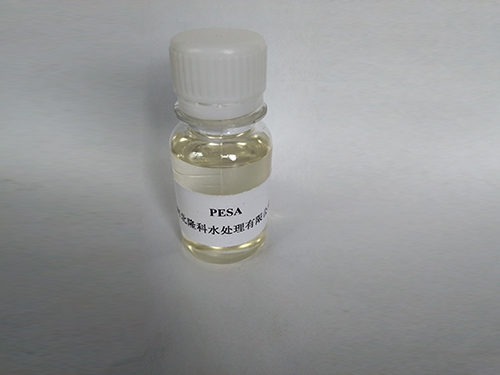chloro methyl isothiazolinone
Chloro-Methyl Isothiazolinone An Overview of Its Uses, Safety, and Environmental Impact
Chloro-methyl isothiazolinone (CMIT) is a chemical compound used widely in various industries as a biocide and preservative. It belongs to a class of chemicals known as isothiazolinones, which are utilized primarily for their antifungal and antibacterial properties. CMIT is particularly effective against bacteria and fungi, making it a popular choice in products ranging from personal care items to industrial applications.
One of the primary uses of CMIT is in the formulation of cosmetic and personal care products. These include shampoos, conditioners, skin creams, and lotions, where it serves to prevent microbial growth and prolong product shelf life. By inhibiting bacterial and fungal proliferation, CMIT helps maintain the safety and efficacy of these products, ensuring consumer protection. Furthermore, CMIT is also employed in household products like detergents and cleaning agents, where its preservative attributes enhance the longevity and performance of these formulations.
Chloro-Methyl Isothiazolinone An Overview of Its Uses, Safety, and Environmental Impact
Despite its widespread use, CMIT has raised concerns regarding safety and toxicity. Regulatory agencies, including the European Chemicals Agency (ECHA) and the U.S. Environmental Protection Agency (EPA), have conducted extensive assessments of CMIT's potential risks. Studies have indicated that CMIT can cause skin sensitization and allergic reactions in some individuals, particularly with repeated exposure. This has led to recommendations for limiting the concentration of CMIT in consumer products, as well as labeling requirements to inform consumers of its presence.
chloro methyl isothiazolinone

The safety profile of CMIT has prompted significant debate within regulatory frameworks. It was classified as a skin sensitizer and its use in rinse-off products was limited in several countries. Consequently, manufacturers have been influenced to reformulate their products, either by reducing CMIT concentrations or substituting it with alternative preservatives that pose lower risks of sensitization. The public's growing awareness of chemical safety and the demand for clean beauty products have further driven this trend.
In addition to human health concerns, CMIT also poses environmental risks. As a biocide, its potential impact on aquatic ecosystems is of particular concern. Once released into waterways during agricultural runoff, wastewater discharges, or through leaching from products, CMIT can adversely affect fish, invertebrates, and other aquatic organisms. Studies have shown that CMIT can be toxic to a variety of species, leading to disruptions in aquatic food webs and potential long-term ecological consequences.
To mitigate these environmental impacts, there is a growing emphasis on developing sustainable alternatives to CMIT. The rise of green chemistry and biobased preservatives is encouraging manufacturers to explore safer, biodegradable options that fulfill similar functions without posing significant risks to human health or the environment. These innovative solutions not only protect consumer safety but also align with regulatory expectations and consumer preferences for eco-friendly products.
In conclusion, while chloro-methyl isothiazolinone remains a valuable tool in various industries for its biocidal properties, it is essential to balance its advantages against potential health and environmental impacts. Ongoing research and development of safer alternatives will be crucial to ensuring that effective preservatives can be used without compromising safety or ecological integrity. Furthermore, as consumer awareness continues to rise, manufacturers will need to adapt to changing regulatory landscapes and public sentiment, prioritizing both product effectiveness and responsible stewardship of health and the environment. Through such efforts, the benefits of CMIT can be harnessed while minimizing its drawbacks, ultimately leading to safer products and healthier ecosystems.
-
Water Treatment with Flocculant Water TreatmentNewsJun.12,2025
-
Polymaleic AnhydrideNewsJun.12,2025
-
Polyaspartic AcidNewsJun.12,2025
-
Enhance Industrial Processes with IsothiazolinonesNewsJun.12,2025
-
Enhance Industrial Processes with PBTCA SolutionsNewsJun.12,2025
-
Dodecyldimethylbenzylammonium Chloride SolutionsNewsJun.12,2025





